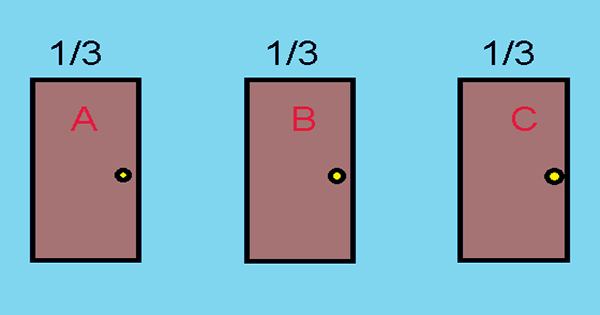Imagine you came to a game show and you were given a choice of three doors a brand new car behind a door; the goat behind the other two. The game is simply a door pick: whatever is behind it, you win. Now, goats are cute animals, but you really want that car, so you decide to go to the number one place in the door.
The host stingily says, “Will this change your mind,” if I tell you that the car is not behind the three?” Well – isn’t it? This test of thought has been called the Monty Hall problem, and it has caused a great deal of controversy in the mathematical world over the years. It was originally published as a letter to the editor in the 1975 edition of the American Statistician, but it really came to a close in 1990 when parade writer Marilyn Vos Sawant was published by readers for her “Esc Marilyn” column.
Have you still decided that you have to move door to door? If you want the best chance of winning that car then you should. Confused? You are in good company. When Voss Sawant gave this answer in his column, several thousand readers – about a thousand of them PhDs – wrote that he was wrong.
Paul Erdős, a mathematician and so respected that his name has become a criterion for cooperation, refused to accept the result year after year (finally a friend put him in front of 100,000 computer simulations that proved the result without a doubt, and forced him to Had to accept the conclusion, but he is not satisfied with it.) But it’s true: swap doors and you’ll double your chances of winning the car.
Let’s take a look at why. At the beginning of the round, you have no information. There is the same possibility of having a car behind three doors: 1/3. So your door, a door, gives you a chance to win one of those three cars, and two out of three chances are that the car is behind two or three.
But then, everything changes, because you have been given new information: the car is not behind the three. With the opportunity for you to switch from door to door, the gameshow host is basically offering you a choice between door one or door two and three combinations – it is now only we know that it has a zero percent chance behind door three. This leaves a full two-thirds chance of hiding the shiny new automobile at the door.
















